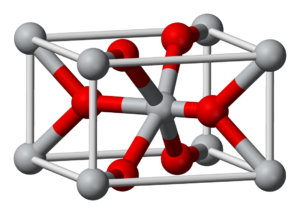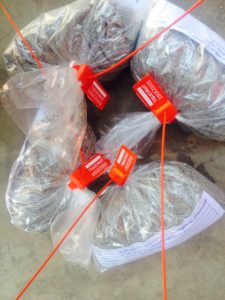CASSITERITE SnO2:

Cassiterite is a tin oxide mineral, SnO2. It is generally opaque, but translucent in thin crystals. Its sheen and multiple crystalline faces produce a desirable jewel. Cassiterite has been the main tin ore throughout ancient history and remains the most important source of tin today.

The name derives from the Greek kassiteros for “tin”; or from the Phoenician word Cassiterid referring to the islands of Ireland and Britain, the ancient sources of tin; or, as Roman Ghirshman (1954) suggests, from the region of the Kassites, an ancient people in west and central Iran.

Most sources of cassiterite today are found in alluvial or placer deposits containing the resistant weathered grains. The best sources of primary cassiterite are found in the tin mines of Bolivia, where it is found in hydrothermal veins. Fighting over cassiterite deposits (particularly in Walikale) is a major cause of the conflict waged in eastern parts of the Democratic Republic of the Congo. This has led to cassiterite being considered a conflict mineral.

Cassiterite is a widespread minor constituent of igneous rocks. The Bolivian veins and the old exhausted workings of Cornwall, England, are concentrated in high temperature quartz veins and pegmatites associated with granitic intrusives.

The veins commonly contain tourmaline, topaz, fluorite, apatite, wolframite, molybdenite, and arsenopyrite. The mineral occurs extensively in Cornwall as surface deposits on Bodmin Moor, for example, where there are extensive traces of an hydraulic mining method known as streaming.

The current major tin production comes from placer or alluvial deposits in Malaysia, Thailand, Indonesia, the Maakhir region of Somalia, and Russia. Hydraulic mining methods are used to concentrate mined ore, a process which relies on the high specific gravity of the SnO2 ore, of about 7.0.

